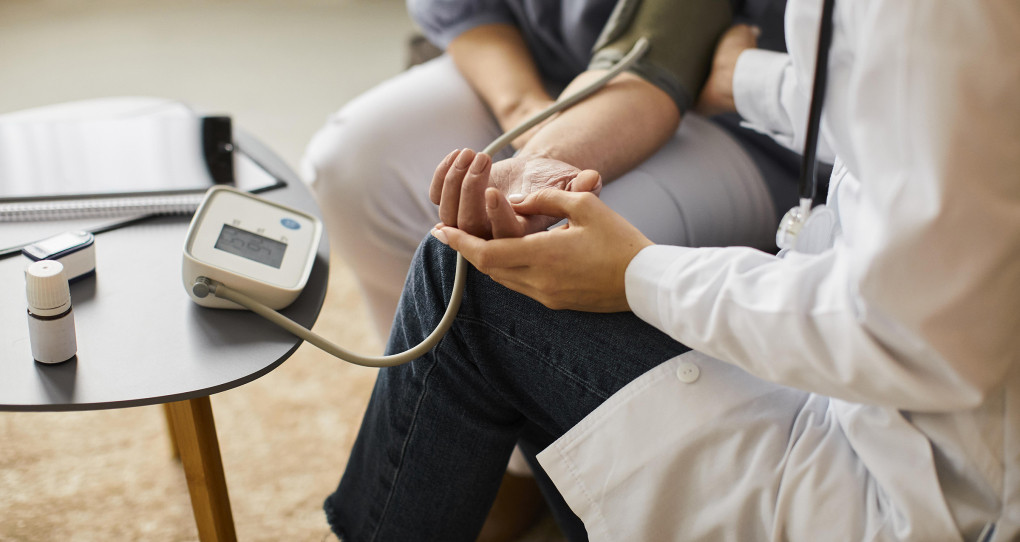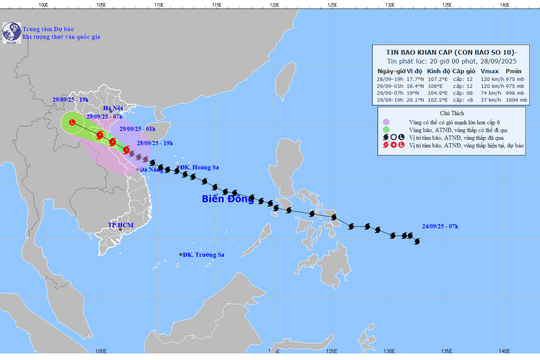10 warning signs of high risk of stroke
People with high blood pressure, high cholesterol, smoking, heavy alcohol consumption, obesity, etc. are at high risk of stroke if they do not control their condition or quit bad habits.
Although there is no way to be sure whether a person will or will not have a stroke in their lifetime. However, there are signs that indicate a risk of more serious stroke in some people that should not be ignored. In these cases, it is necessary to have a health check-up and treatment of underlying diseases to avoid sudden stroke.
High cholesterol
High cholesterol is a common risk factor for stroke. Monitoring your cholesterol levels regularly and keeping them within normal ranges can help reduce your risk of stroke and other cardiovascular conditions. The optimal cholesterol level for both men and women over the age of 20 is 125 mg/dL to 200 mg/dL. Your doctor can help you develop a diet to help lower your cholesterol. In addition to diet, there are a number of factors that can affect cholesterol levels, including genetics.
High blood pressure
Persistently high blood pressure (hypertension) is a risk factor for stroke. Hypertension is defined as a blood pressure reading of 140/90 mmHg or higher in the office. However, high blood pressure can be controlled with medication, diet, and lifestyle changes such as stress reduction and not smoking. You should see your doctor to monitor your blood pressure and take appropriate control measures. Keeping your blood pressure low can reduce your risk of stroke.
 |
| If blood pressure is 140/90 mmHg, it needs to be controlled to prevent stroke. Photo: Freepik |
High blood sugar
Fluctuating blood sugar levels, chronic high blood sugar, or uncontrolled diabetes can damage blood vessels, increasing the risk of stroke. People who regularly have high blood sugar should monitor their blood sugar regularly at home and treat it through diet or medication if necessary. People with diabetes should control their blood sugar to 80-130 mg/dL when fasting and below 180 mg/dL about 1-2 hours after eating.
Smoking
Smoking and exposure to secondhand smoke can cause coronary heart disease and stroke. Smoking increases blood triglycerides, reduces good cholesterol (HDL), makes blood sticky and more likely to clot, can impede blood flow to the heart and brain, increases plaque buildup, causes thickening and narrowing of blood vessels...
Smoking is a difficult habit to break. However, according to the US Centers for Disease Control and Prevention (CDC), quitting smoking is important for stroke prevention because this behavior significantly increases the risk of stroke and heart disease.
Not exercising regularly
Many people are reluctant to exercise. Some only start exercising when they feel pain, but it is important to improve overall cardiovascular health, including reducing the risk of stroke. Whether you are healthy or have had a serious stroke, there are safe exercises that can help you become healthier and reduce the risk or avoid a stroke again.
Drinking too much alcohol
The US Centers for Disease Control and Prevention (CDC) recommends moderate alcohol consumption of one drink a day for women and two drinks a day for men. However, drinking more can increase blood pressure and triglycerides. This effect contributes to atherosclerosis and increases the risk of stroke.
Obesity
If you are obese, you are at increased risk of stroke and other health problems such as high cholesterol, high blood pressure and diabetes. Steps you can take to lose excess weight will reduce your risk. So, control your weight by starting to eat healthily and exercising more.
No medication
Most of the risk factors for stroke from underlying diseases can be controlled, but patients must regularly take medication, take medication properly and have regular health check-ups. You should pay attention and take care of your health because if the disease is well controlled, the body can be healthy and limit complications.
People with heart disease
If you have difficulty breathing when walking or exerting yourself, or if you have chest pain, you should seek medical attention. Heart disease is a major risk factor for stroke, and any type of chest pain is cause for concern. Your doctor can help you determine the exact cause and get the right treatment to reduce your heart disease and your risk of stroke, which can happen at any time.
Transient ischemic attack
Most people will not recognize a transient ischemic attack (TIA). Take the time to learn the symptoms of a TIA, which include confusion, dizziness, double vision, memory loss, paralysis, problems speaking and swallowing, tingling, vision changes, and difficulty walking. These symptoms usually go away in less than 10 minutes.
If you have any of these signs or symptoms, you need to seek medical attention immediately because a TIA is the biggest warning sign that a person is at risk of having a stroke.








